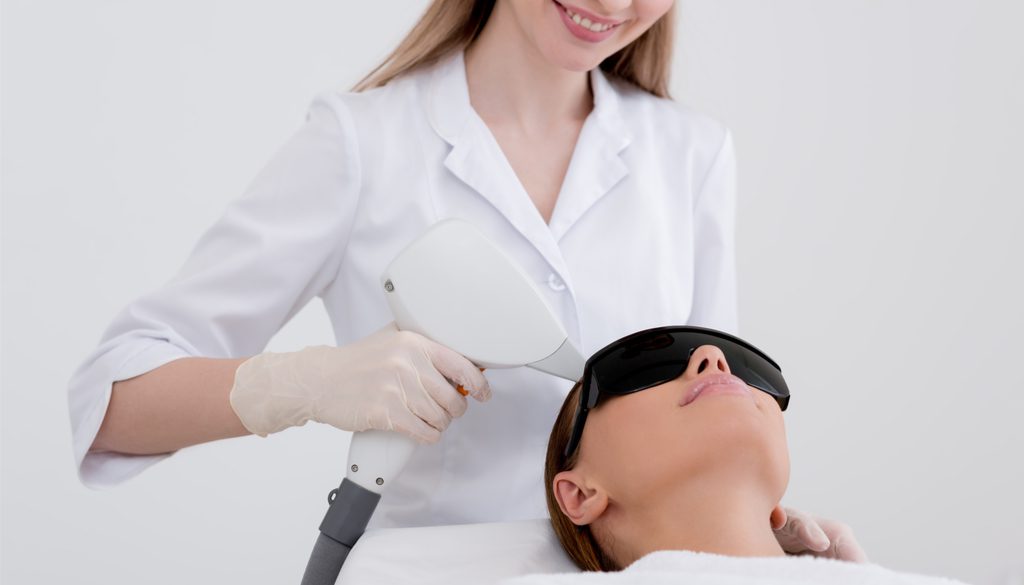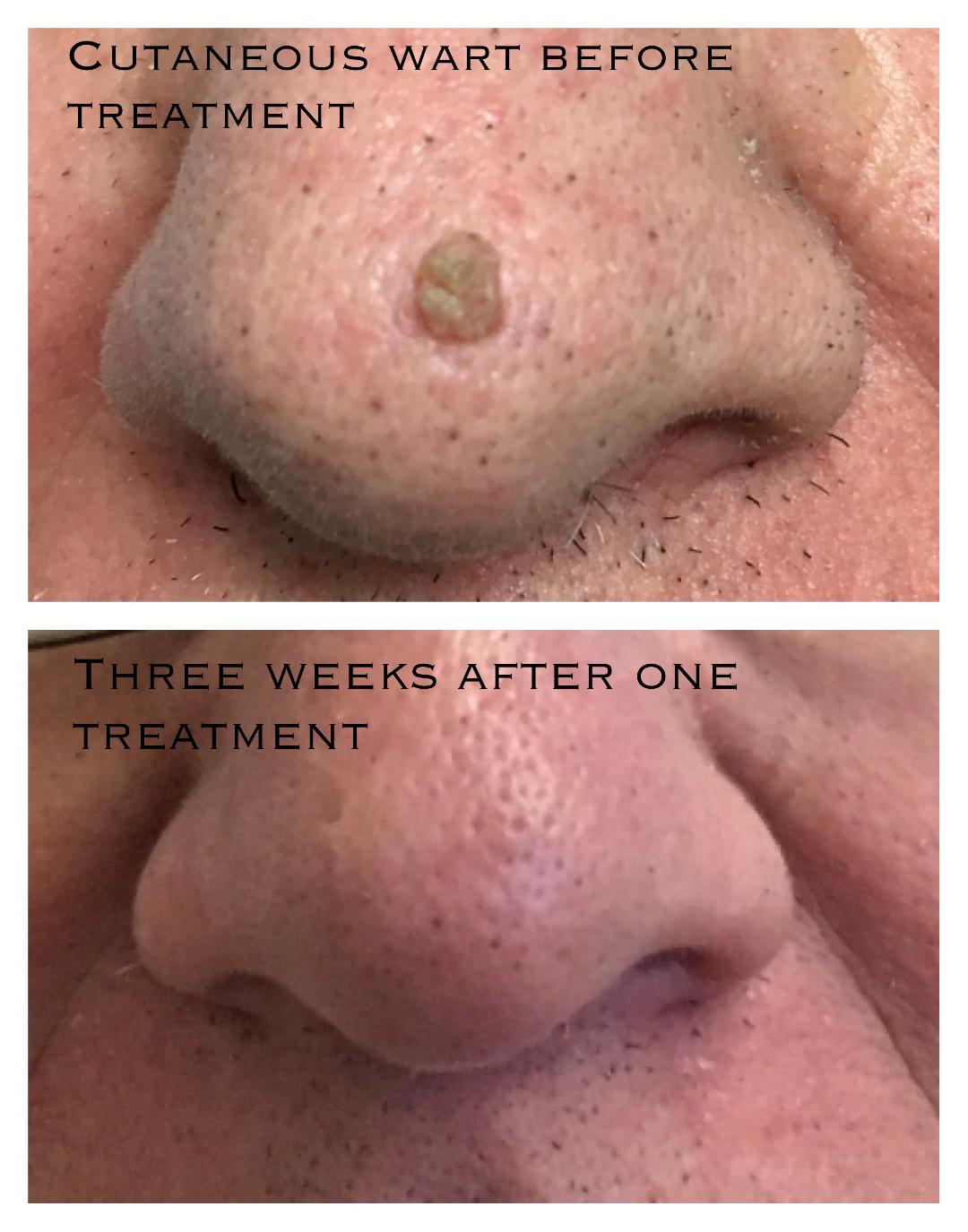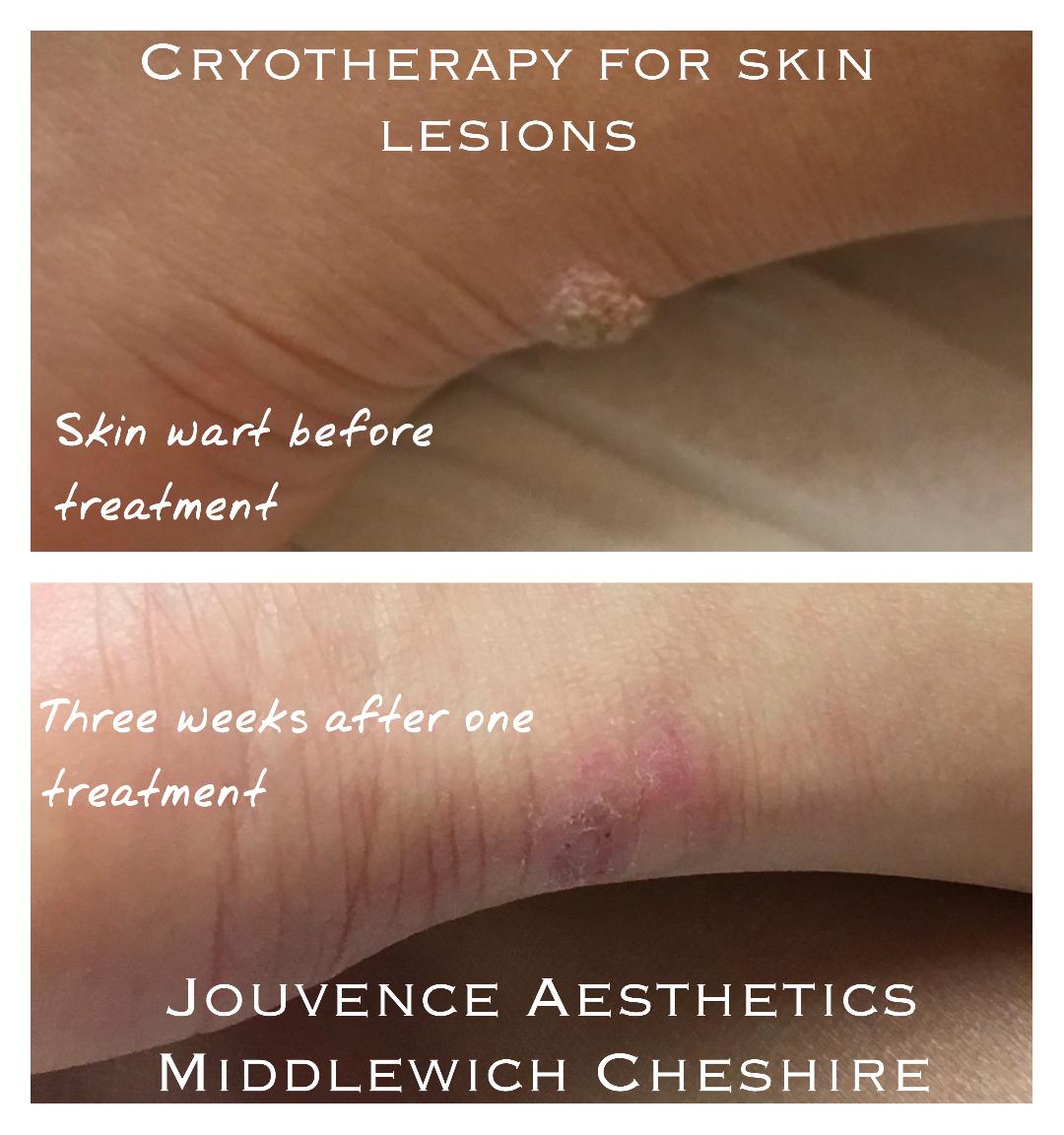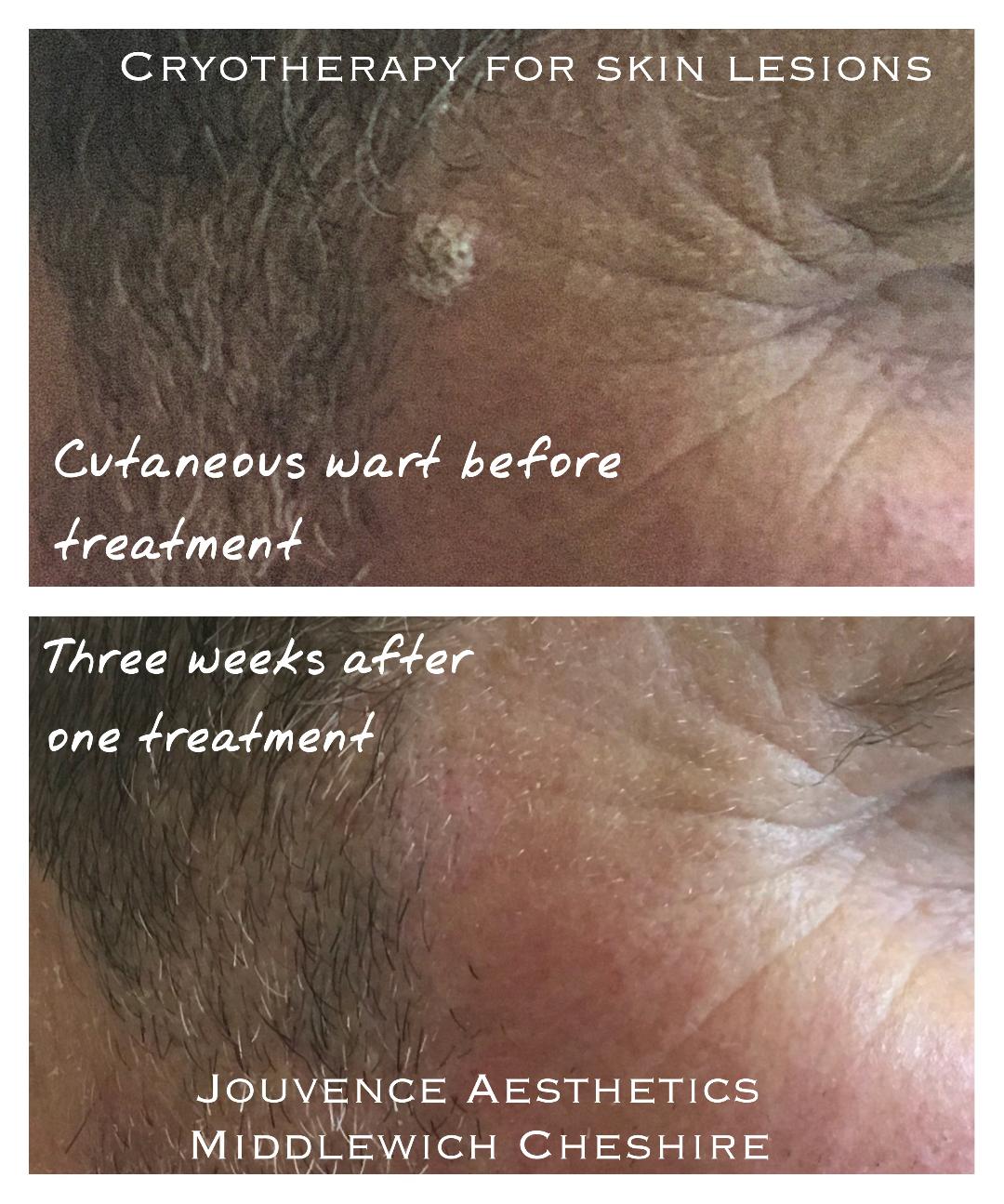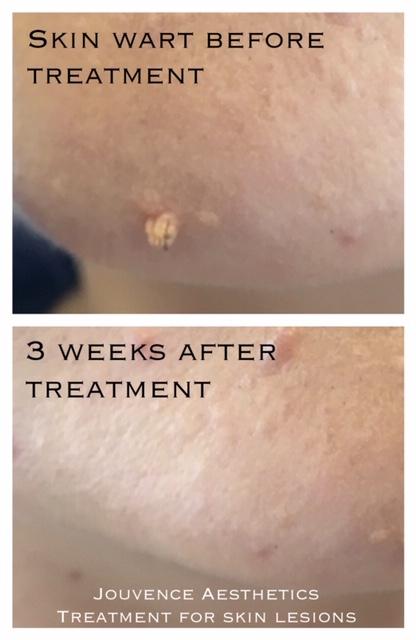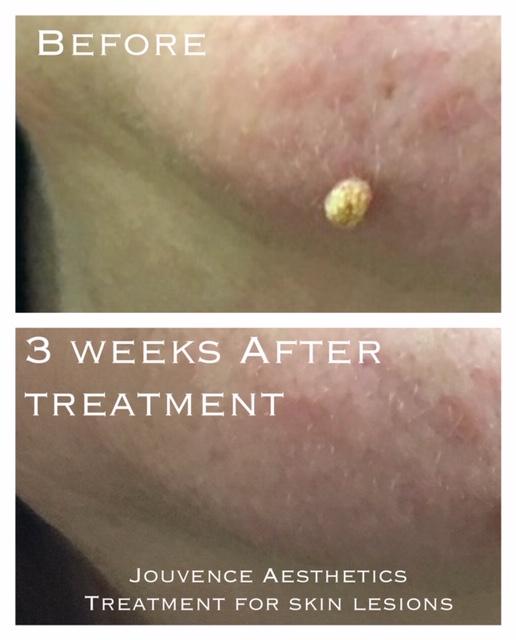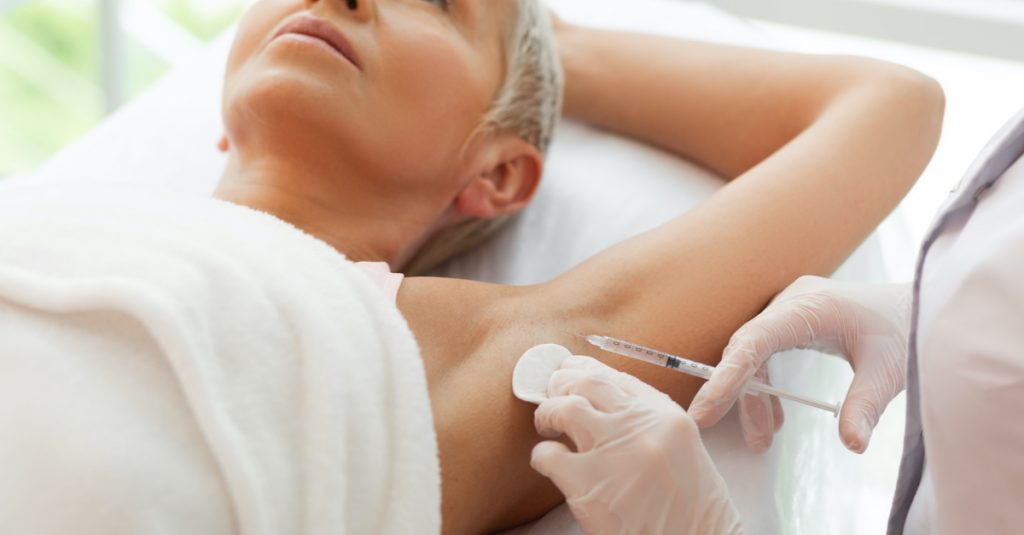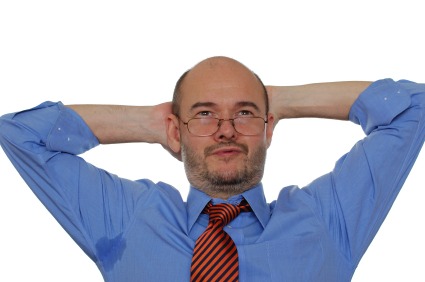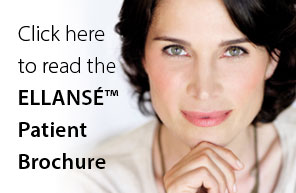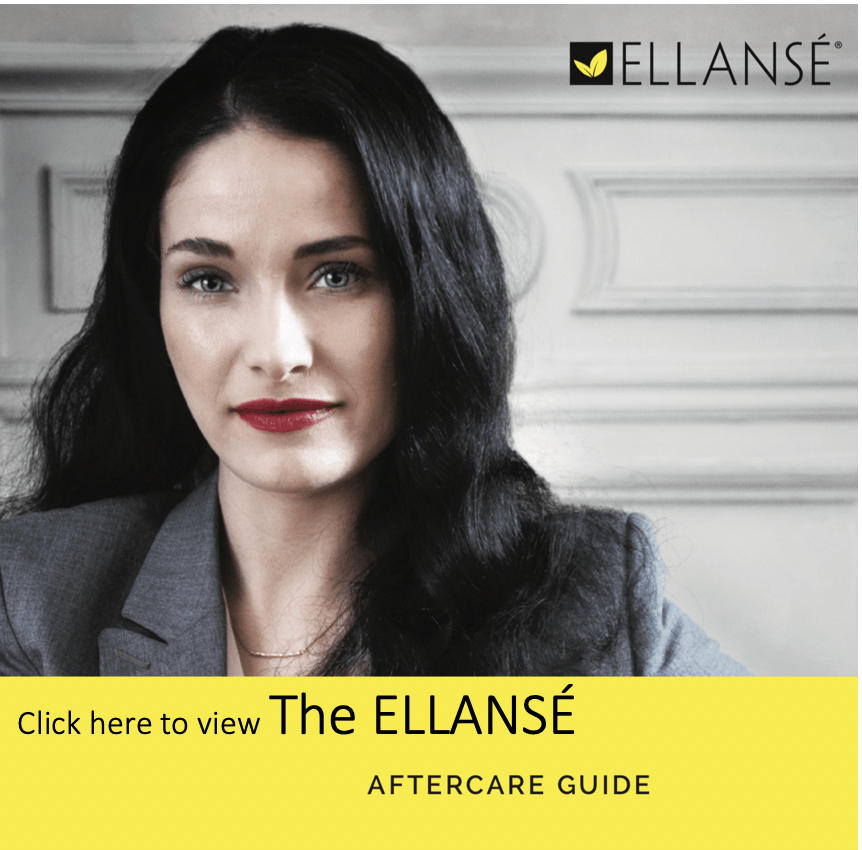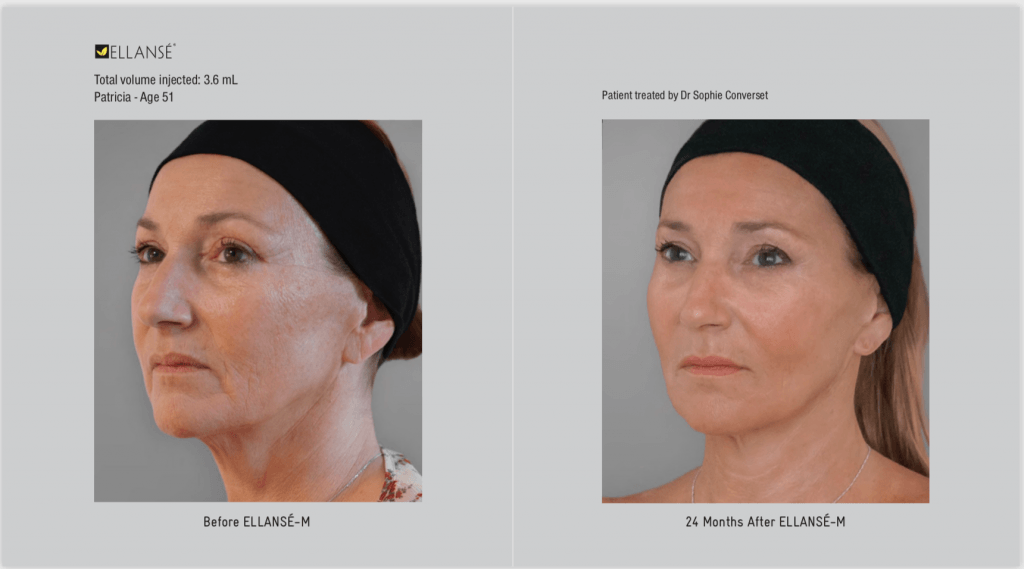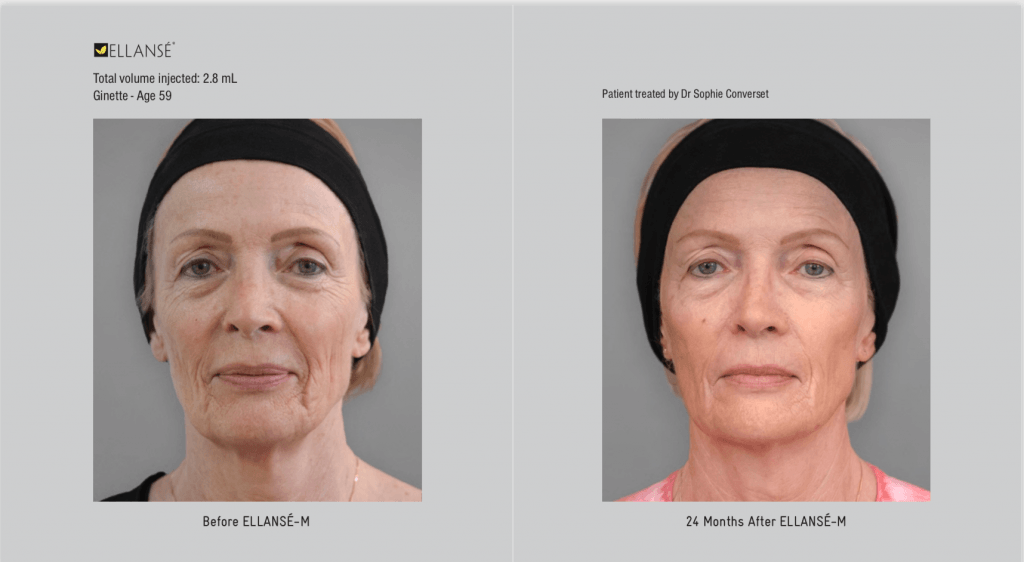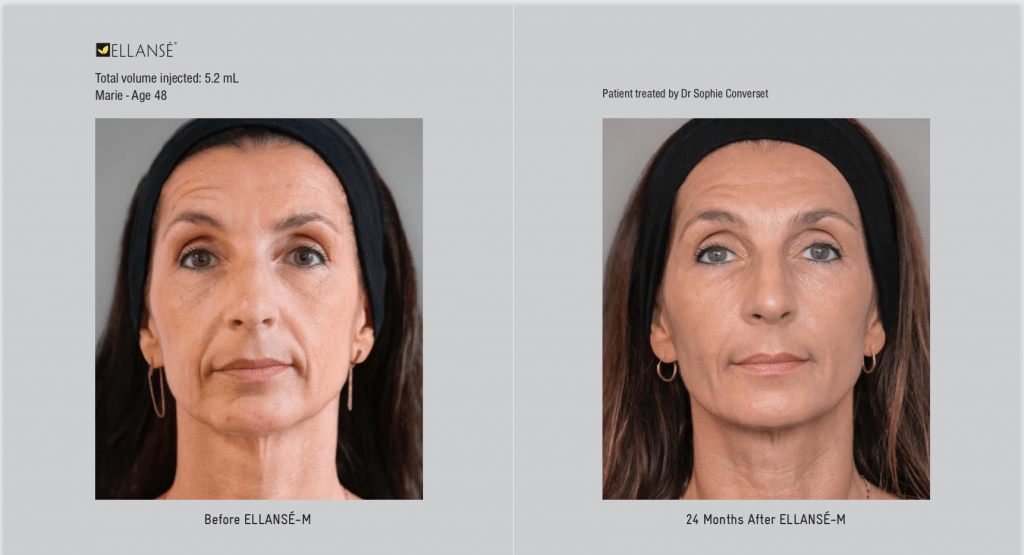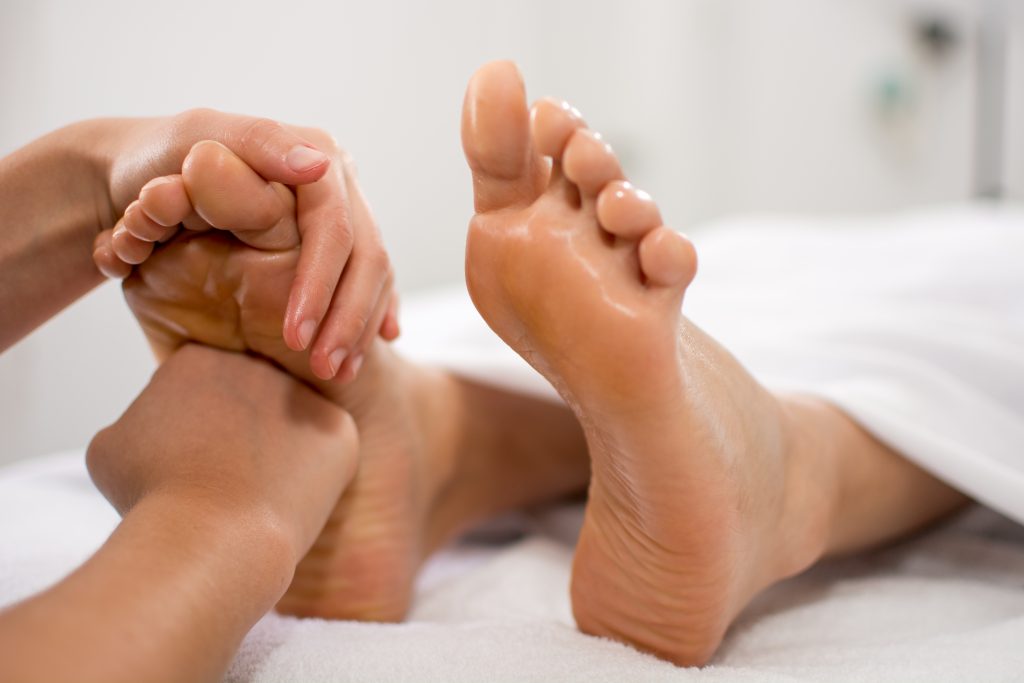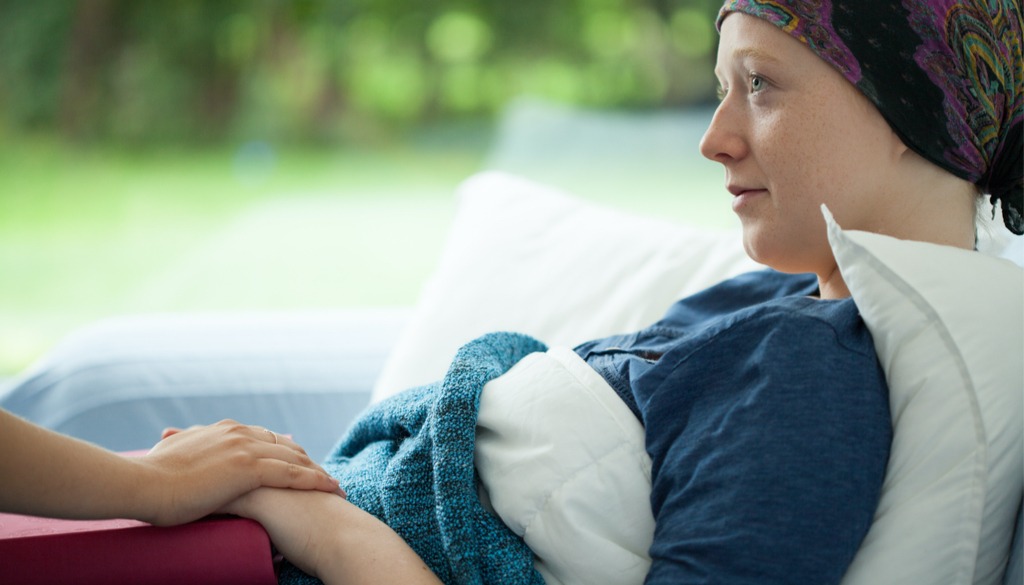Why have I got large pores?
The size of your pores is determined by your skin type. Large pores are more common if you have oily or thick skin. Pores become larger and more noticeable if they become congested with sebum the oil we produce to protect the skin. A combination of old dead skin cells and sebum can block the pores and then oxidise into a black plug known as a blackhead.
As we age pores get larger! This is due to the loss of collagen that occurs with the ageing process, which provides support to the skin and its structures. The more support is lost, the more pores dilate and appear bigger.
Which Treatments Remove Large Pores?
Unfortunatley there is no treatment available which will remove large pores for good.
You can only improve / reduce them and you will need to continue with treatments to maintain the results.
How Can I Improve My Large Pores?
Good Home Skin Care Treatments
Good skincare can make a big difference there is a lot that you can do.
Products that reduce oiliness, unclog pores, stimulate cell renewal and stimulate collagen can all help reduce the size of pores. Also, you must avoid products that clog pores and make them bigger.
Here are our top tips for reducing large pores at home:
Do:
- Use an exfoliating cleanser for at least a minute twice a day, ideally one containing salicylic acid, which is great for unclogging pores, glycolic and lactic acid are also good. We love ZO Exfoliating Cleanser
- Use a scrub daily, if your skin can tolerate it to exfoliate dead skin cells and stop them from clogging pores. We love ZO Skin Health Exfoliating Polish and ZO Skin Health Dual Action Scrub
- Apply a daily toning solution containing salicylic, glycolic and or lactic acid, which speeds up cell renewal and unclogs pores. Our favourites are ZO Skin Health Complexion Renewal Pads and Medik8 Press & Clear
- Use a Pore Refiner use products that target pores specificaly. Use daily on the areas more prone to large pores. We love ZO Instant Pore Refiner apply to pore prone skin daily to help shrink the appearance of pores and prevents congestion.
- Apply a hydrator with a gentle retinol or retinoid to reduce oil production and speed up cell turnover . We love ZO Daily Power Defence it suits all skin types of all ages and won’t irritate sensitive skin or clog oily skin.
- Use a Sulfur, Charcoal or Clay mask once or twice a week to draw out the oils and impurities from your skin. Our favourites are ZO Skin Health Sulfur Masque and Medik8 Clay Mask
Do not:
- Overuse moisturisers, they slow down cell turnover and compact dead cells in the pores, which then enlarge.
- Don’t try to cover up the problem with foundation or powders because again it can compact dead cells.
- Avoid using fake tan. The tan stains the sebum and dead cells in the pores making them appear more visible.
Which Treatments Reduce Large Pores?
Microdermabrasion
Microdermabrasion is a facial treatment that blasts your skin with tiny crystals sanding off and removing dead skin cells. This treatment removes just the top surface of the skin and unclogs pores and blackheads. It also helps reduce fine lines and stimulates collagen which gives the pores more support.
Microneedling
Microneedling is another way to reduce pore size. This treatment uses a needling device to create thousands of tiny holes in your skin. The healing process stimulates the release of growth factors and stimulates the production of collagen and elastin, giving firmer skin, which supports the pores so they appear smaller. This treatment also helps resurface and smooth the skin’s surface, which also helps reduce pores.
Skin peels
A skin peel can smooth the surface of the skin making pores appear less noticeable. Cheshire Lasers offers a wide variety of skin peels. Choose from a milder peel which gives little or no downtime but are less effective and the results are short-lasting. Or a more aggressive peel which gives more peeling and more downtime and the results can last a few months. Many people opt for a course of mild peels and step up in strength until they achieve good results and then have a maintenance treatment every month or two.
Our favourite peels for reducing large pores are:
Hydrafacial
The Hydrafacial is famous for its properties for unblocking pores. The treatment jet washes the skin with products which exfoliates the skin and removes dead skin cells. It then applies a product containing glycolic and salicylic acid to soften blockages in the pores, and then a vacuum removes the softened gunk. Finally, the Hydafacial applies a combination of vitamins, peptides, and moisturising hyaluronic acid to hydrate and plump the skin and reduce wrinkles if you have any!
Radiofrequency
Radiofrequency (also known as RF), involves heating up the skin layers to stimulate collagen production. A course of 6 to 8 treatments can tighten and brighten the skin providing support for the pores, which can reduce their appearance.
Botox
Botox is known for its use to freeze facial muscles and reduce sweating. However, it is now also being used to reduce the production of oil in the skin. Injections of tiny doses of Botox are placed into the surface of the skin, and this causes a temporary reduction in sebum production which can reduce pore size in some people.

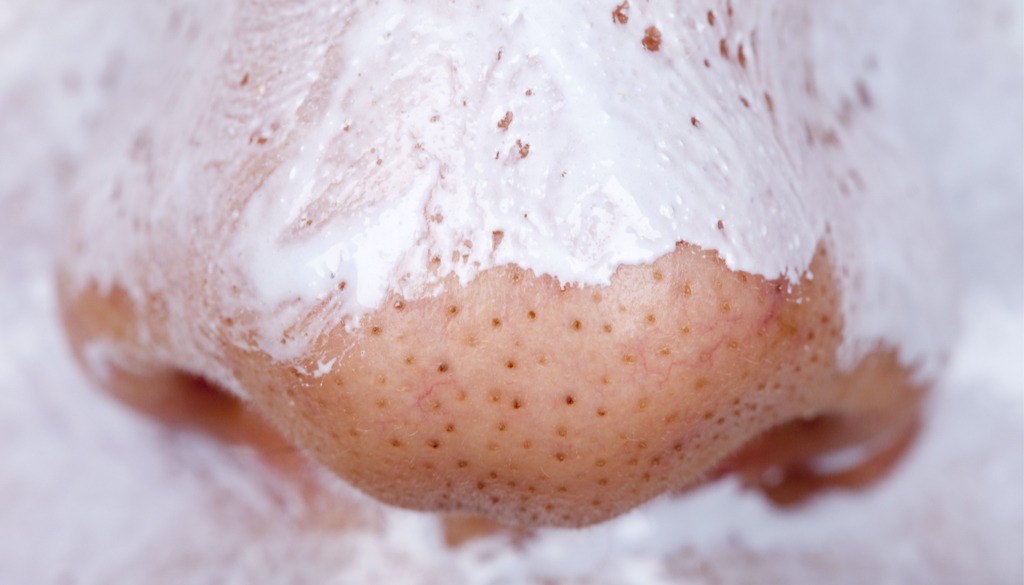
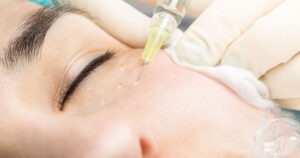
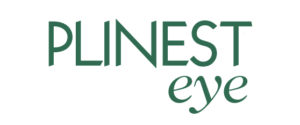
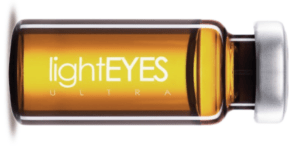
 Sunekos has been around since 2020.
Sunekos has been around since 2020.